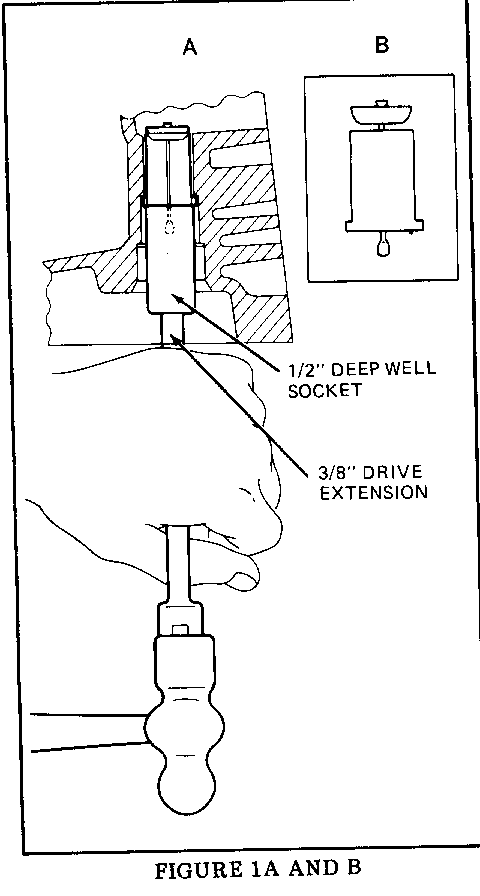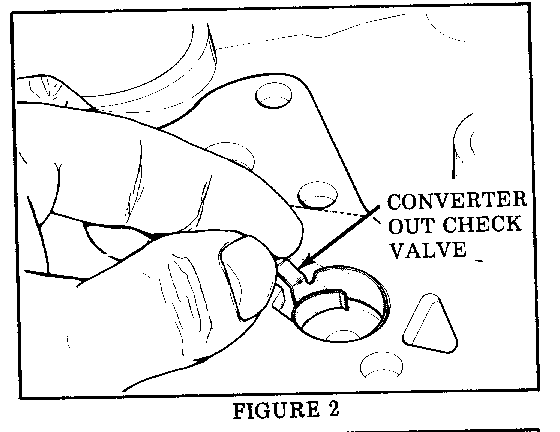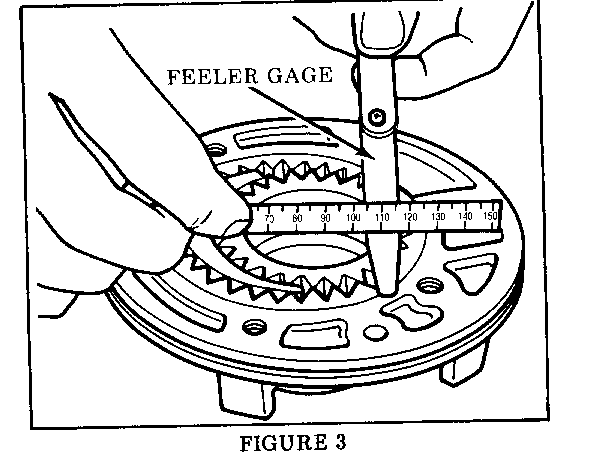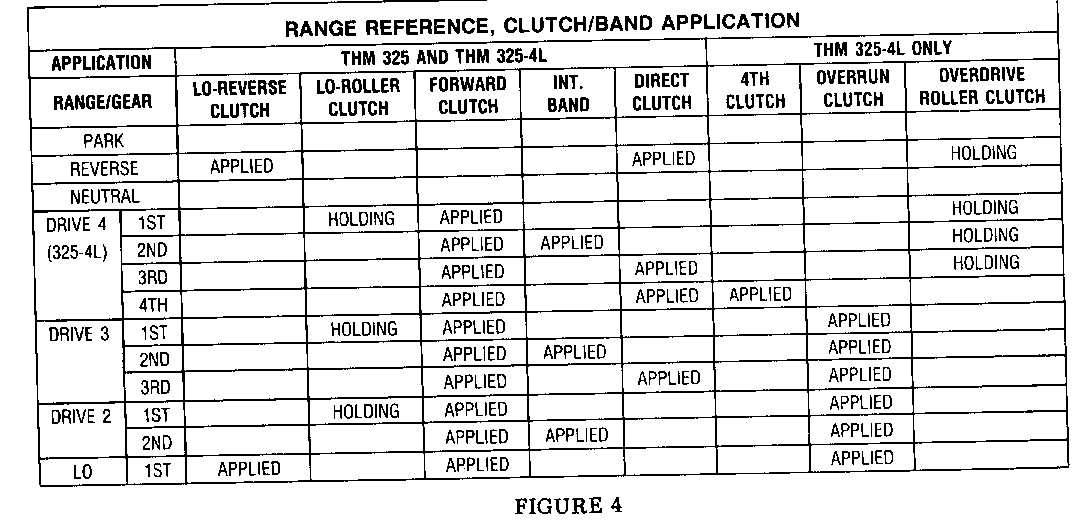DELAYED ENGAGEMENT-THM 325 AND THM 325-4L

MODELS AFFECTED: 1979-1985 ELDORADO 1980-1985 SEVILLE
This bulletin supersedes Serviceman Bulletin T84-38A, Group 7, #93 (originally listed as T84-59, #97), which should be destroyed.
Some 1979 through 1985 Cadillacs equipped with either a THM 325 or THM 325-4L transmission may experience an intermittent condition of delayed transmission engagement when shifting from Park and/or Neutral to Drive and/or Reverse upon initial start-up after being parked for several hours. This condition may be caused by a loss of pump prime.
Previously, a soft plastic pump intake check valve had been included in service filter assemblies which assisted in maintaining pump prime. A revised filter was released in the 1985 model year for both production and service stock, with improved filtering capabilities, which does not contain a check valve. Therefore, when servicing any of the above listed vehicles for delayed transmission engagement, it is necessary to install a pump intake check valve and sleeve assembly P/N 8635971 (refer to Figure 1B) following the listed service procedure.
Service Procedure
1. Verify proper fluid level and condition with transmission in park, at normal operating temperatures, engine running. Correct as necessary and retest. If delayed engagement is still present, proceed to step 2.
2. Remove the transmission oil pan and filter as outlined in Section 7A of the appropriate Service Information Manual. Make sure that the filter to case O-ring is also removed from the pump intake hole in the transmission case.
3. Install a service pump intake check valve and sleeve assembly (P/N 8635971) into the case pump intake hole (refer to Figure 1A). This can be done by using a 1/2" deep well socket and extension, or equivalent, as a driver. Be sure that the valve is fully seated and the valve stem undamaged after installation.
4. Reassemble the transmission following Service Information Manual procedures.
If a vehicle continues to experience a delayed engagement condition after installation of a pump intake check valve, and proper operating fluid level has been verified, an internal transmission condition may exist that will require removal and disassembly of the transmission to repair. Proceed to step 5 if vehicle exhibits delayed engagement in both forward and reverse ranges, or step 6 if only certain gear ranges are effected.
5. Delay occurs in both forward and reverse engagement. Prior to starting engine, check transmission fluid level. If level is extremely over full, go to step A; if not, go to step B.
A. Inspect for cause of torque converter drain back as follows:
1. Check pressure regulator valve for sticking, which may result in failure to close converter feed circuits after engine is stopped. This may be checked by removing the transmission oil pan and pressure regulator. If OK, go to step 2.
2. Check for mispositioned or damaged converter out check valve in case cover, see Figure 2. This requires removal of the transmission and case cover as outlined in the appropriate Service Information Manual.
B. Inspect for excessive wear o rclearance on the pump and/or cover.
1. For information regarding pump and cover service on the THM 325 transmission, refer to Serviceman Bulletin 80-73, Group 7, #12.
2. When servicing both THM 325 and THM 325-4L, ensure the following:
a. Appropriate Service Information Manual procedures are followed.
b. Proper fit of torque converter pilot to crankshaft. Improper fit may be evidenced by uneven converter hub wear or pilot distortion.
c. Proper pump gear to face clearance around full circumference of both pump gears (.033-.089mm/.0013"-.0035"), see Figure 3.
d. The case cover is not distorted. Improper support of the case cover when installing sprocket supports, or hammering supports into the case cover, can cause distortion. Use J22912-01 or equivalent as support for case cover and press sprocket supports into position.
6. Delay occurs only in certain gear ranges (e.g., forward drive okay with delayed reverse engagement), a condition caused by improper or delayed clutch application.
A. Refer to the range reference chart in Figure 4 to determine which clutch is applied in the affected gear range.
B. Refer to the Service Information Manual when performing transmission clutch service. Some causes of improper clutch operation are as follows:
1. Clutcb plates worn or piston seals damaged. 2. Hydraulic leak in clutch feed circuits. 3. Worn roller clutch.
Warranty Information
To install pump intake check valve assembly, use labor Operation No. T6093 for .6 hour. Refer to the appropriate Labor Time Guide when performing operations other than pump intake check valve installation.




General Motors bulletins are intended for use by professional technicians, not a "do-it-yourselfer". They are written to inform those technicians of conditions that may occur on some vehicles, or to provide information that could assist in the proper service of a vehicle. Properly trained technicians have the equipment, tools, safety instructions and know-how to do a job properly and safely. If a condition is described, do not assume that the bulletin applies to your vehicle, or that your vehicle will have that condition. See a General Motors dealer servicing your brand of General Motors vehicle for information on whether your vehicle may benefit from the information.
